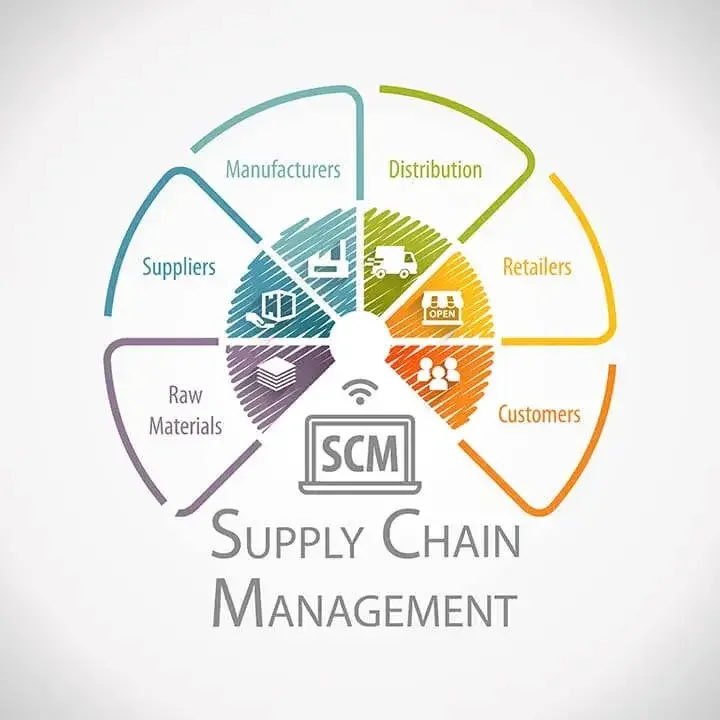More and more businesses are embracing sustainable supply chain management. They understand that reducing their carbon footprint by eliminating inefficiency, optimizing resources, and streamlining processes will allow them to better manage supply chain risk while improving the bottom line.

Follow these seven steps to establish sustainable supply chain management in your company.
1. Get buy-in
To be successful, important new initiatives like revamping the supply chain need to start at the top. If you're the head honcho, you're all set.
But if you don't own the company and see solid business reasons to make the supply chain more sustainable, make the case to management. Supporting data can help. The 2019 State of Green Business Report is a good place to start.
2. Identify where you're spending the most
“Look at the whole supply chain first from a cost standpoint," says Patrick Penfield, professor of practice, supply chain management, at Syracuse University's Martin J. Whitman School of Management.
If you're looking at energy used in a building, you can save money and reduce power consumption by switching to LED lighting or installing solar panels.
Cut back on transportation spending by using apps such as Quickload that let you consolidate shipments with carriers looking to fill a truck that still has room.
3. Set realistic goals
Let the values and needs of your company—not any other organization—guide you.
Jon Chorley, chief sustainability officer and group vice president of supply chain management product strategy at software company Oracle, says creating a materiality assessment will help.
“This is typically a matrix that correlates the aspects or initiatives that are most important to your business against the impact of these to the environment," he adds.
Some companies going through this exercise consider stakeholder values by getting input from customers, employees, and even vendors.
4. Assign responsibility
Implementing sustainable supply chain management doesn't happen organically. Departments and individuals need to know what's expected of them.
“Every line of business should own and measure its impacts on the environment," says Chorley.
Depending on your organization's size, this might involve establishing a steering committee that coordinates the activity and updates management on progress towards goals.
5. Communicate your priorities
Start internally. Let employees know that sustainable supply chain management is a priority and explain what that means to them. Use that in recruitment, too—studies show that job seekers want to work for companies with environmentally-conscious practices.
Make sure other stakeholders—whether it's investors or vendors—also know and understand your goals so they can support them.
Just as importantly, share the news with customers and prospects. An increasing number of people, especially millennial and Generation-Z consumers, prefer to buy from companies with sustainable practices.
6. Keep improving
After picking off the proverbial low-hanging fruit, establish practices and procedures that ensure that you remain eco-conscious going forward.
Look outside your walls to vendors. After all, supply chain management that's focused on sustainability involves examining supplier practices as well. What's the supply chain carbon footprint of companies that provide your products, materials, or ingredients?
You may want the agreement with your product suppliers to include a section requiring they provide data so you understand how working with them affects the environment.
The larger and more global your supply chain is, the more important it becomes to get the agreement in writing.
“A lot of Fortune 500 companies are evaluating what their suppliers are doing from a sustainability standpoint," says Penfield, noting that the process often starts with a questionnaire.
7. Take it to the next level
Depending on the size and nature of your business, consider using a cloud-based supply chain management system that can help you monitor the sustainability impact of everything from product design to logistics.
You may also want to explore demonstrating your commitment to sustainability by getting green business certification. There are several avenues you can explore, including LEED for buildings, USDA Certified Organic for food products, and WasteWise for demonstrating you've reduced waste.
For additional eco-minded ideas, join industry collaborations. They're one way to share experience, knowledge, and best practices.
“Sustainability is good business," says Chorley. It's hard to argue with that.

